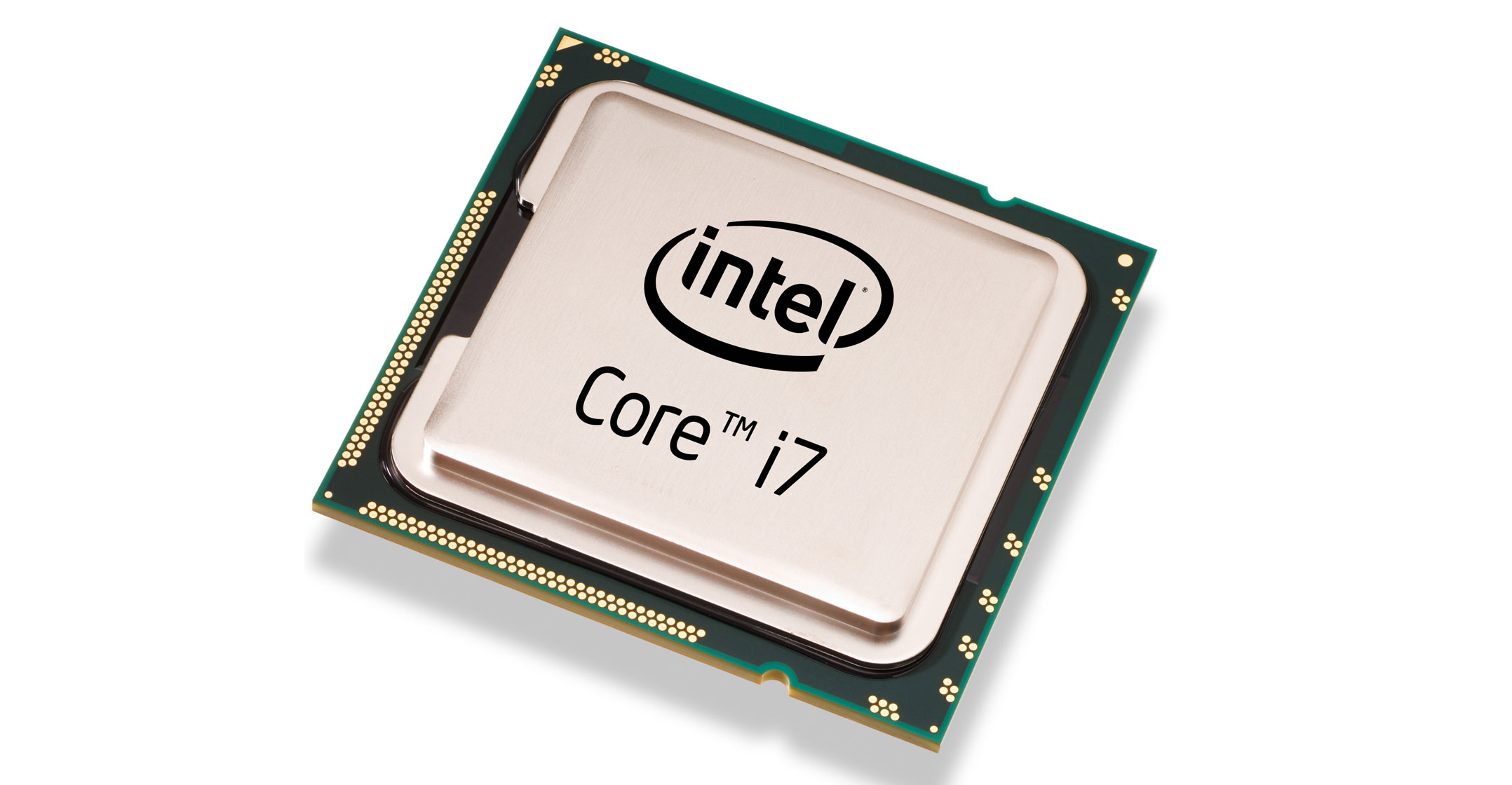 Intel gave an upbeat forecast for the current quarter on continued demand for PCs that enable working and studying from home. The stock jumped.
Intel gave an upbeat forecast for the current quarter on continued demand for PCs that enable working and studying from home. The stock jumped.
Revenue in the period ending in March will be about IS$17.5-billion, the Santa Clara, California-based company said. This excludes the memory chip division Intel is selling. Analysts were looking for $16.2-billion on average, according to data compiled by Bloomberg.
The world’s largest chip maker shared no new details about its manufacturing plans in its earnings statement on Thursday. Investors have been waiting to see if Intel will outsource more production.
Intel recently decided to replace CEO Bob Swan with Pat Gelsinger, a former insider who left in 2009 after decades at the company. It made the change after falling behind in manufacturing, a lapse that’s offering rivals the chance to make better chips for the first time in more than a decade.
Swan was due to announce a plan on Thursday to outsource more manufacturing to other companies or try to reclaim Intel’s leadership in production technology. Gelsinger takes over officially on 15 February, so he is likely taking more time to devise his own strategy.
“Longer term, it goes beyond the make-vs-buy decision,” Ambrish Srivastava, an analyst at BMO Capital Markets, said in a note published before Intel earnings. ‘’What we are looking for is how Intel addresses what appear to be recurring issues it has had on that front. For that, we will likely have to wait to hear from the new CEO.”
Rebounded
Intel’s stock rose about 6% in New York. The shares declined 17% in 2020 but have rebounded following Gelsinger’s appointment.
While Intel is currently benefiting from strong PC demand, Gelsinger is taking the reins of a company in the midst of its worst crisis in at least a decade. It has been the largest chip maker for most of the past 30 years dominating the $400-billion industry by making the best designs in its own cutting-edge factories. Most other US chip companies shut or sold plants and tapped other firms to make the components. Intel held out, arguing that doing both improved each side of its operations and created better semiconductors.
That strategy has crumbled in recent years as Intel struggled to introduce new production techniques on time. It is now lagging behind Taiwan Semiconductor Manufacturing Co and Samsung Electronics, which make chips for Intel’s competitors. Intel has had talks with both Asian companies about producing some of its leading products. — Reported by Ian King, (c) 2021 Bloomberg LP




